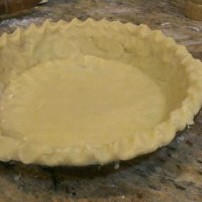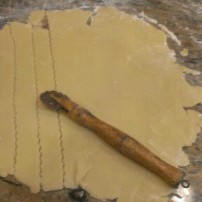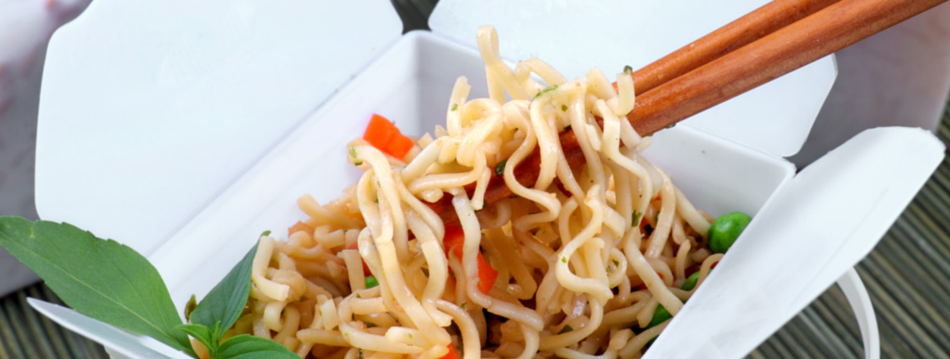


November is nearly here, and that means pies for Thanksgiving. I’m not sure what your family eats, but for us it’s apple pie, pumpkin pie, and pecan pie. I like them all though apple pie may be my favorite. Apple pies have been around for centuries, and they’re not as American as we’ve been led to believe. There are recipes for apple pie dating back to the mid fourteenth century. Those pies were baked in a crust called a coffin, and which was made of flour and water, and not meant to be eaten, but merely to contain the apples. It wasn’t until the sixteenth century when sugar became more readily available, that people started consuming the crusts of pies. In the early 1600’s colonists from Europe came to America and brought apple seeds, seedlings and eventually honey bees to pollinate the fruit that apple orchards started to be cultivated, the first commercial orchard in Flushing, NY.
Apple pie is the most popular pie in the US, and sadly many people buy rather than making their pie. Pies are easy to make, and nothing smells better than an apple pie baking in the oven. The pie you buy at the store can’t compare to a pie made at home, and pies freeze really well, unbaked, so you could make your pies over the next few weeks, wrap and freeze them, and have the best pies ever this year! If you’ve never made a pie before, it isn’t difficult, or too time consuming, and it is so gratifying.
I started making pies when I was a kid, under my mom’s watchful eye. She always made the best pies, and she taught me to use a light hand with the crust, and that is all you need to master to make delicious pies. Here are the rules she taught me, and which,if you follow you will make tender, buttery crusts that rival the filling for attention!
- Start with cold ingredients- use cold butter, and cold water or lemon juice
- Work quickly, and handle the dough as little as possible, the heat from your hands can warm the butter in the dough
- Always let the dough rest between mixing and rolling, the gluten you develop during mixing needs time to relax or your pastry will be tough
- Roll the dough out from the center, turning it 1/4 turn each time to make a nice round crust
- Roll the crust around the rolling pin to move it to the pie pan
If you’re new to baking pies follow a recipe! If you don’t follow the recipe when you’re baking you shouldn’t be surprised if things don’t come out right. If the recipe says to pre-bake or blind bake the crust, and you don’t you will end up with a soggy crust. I have said it before, and I’ll repeat, I like using instant tapioca as a thickener rather than cornstarch or flour. I think it makes the filling less gummy, and more jammy, though I will use flour in apple pie, because you don’t need much.
I have always preferred butter for my crusts, but I’m planning to do some experimenting with lard. Like many fats, lard has gotten a bad reputation that may not be deserved. For many years before shelf-stable, hydrogenated commercial shortenings like Crisco (for home cooks) and Sweetex (for commercial use) became so cheap and convenient, lard was the shortening used for frying as well as for crusts. Mixed with butter for flavor, lard will produce a flakier crust than butter alone, so I will be doing some testing, and keep you posted.
What are your favorite Thanksgiving pies? Do you make your own? If you haven’t before, and are ready to get started, what recipes would you like to see here? Please let me know!





.jpg)





Rhonda DiMercurio - The pie looks amazing Nancy! Pies are one thing I usually stay away from, but yours look extremely tasty!
nrlowell@comcast.net - Rhonda, pies are soooo easy! Anyone who cooks as much and as well (I assume) as you do could make a pie! Just think of how good your house will smell